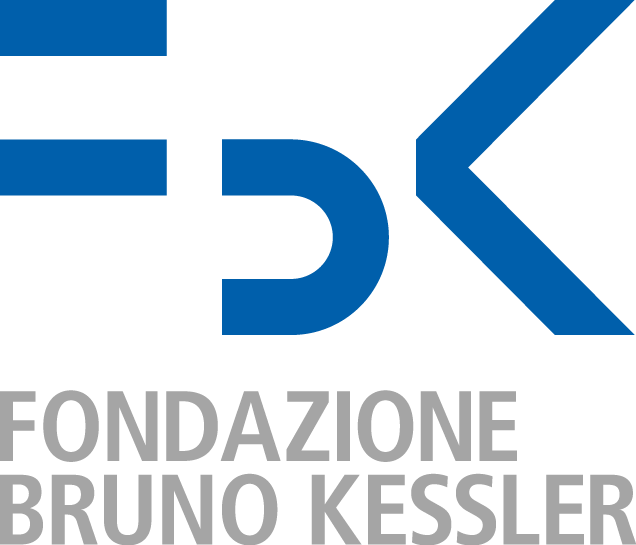Progress and Challenges in Neutrinoless Double Beta Decay
Neutrinoless double-beta decay is the most sensitive laboratory probe of lepton number violation, and its detection is being pursued by ambitious experimental programs. The observation of this decay will have far reaching consequences: demonstrate that neutrinos are Majorana fermions, shed light on the neutrino absolute masses and mass-generation mechanism, and give insight into leptogenesis scenarios key to understand the matterantimatter asymmetry in the universe. The interpretation of a positive or null measurement, however, relies on the identification of the lepton-number-violating mechanism driving the decay, and on having reliable nuclear matrix elements. This workshop will focus on recent advances in lattice QCD, chiral effective field theory, and many-body nuclear theory towards the determination of the relevant lepton-number-violating decay channel, with associated transition operators, and the controlled calculation of the corresponding nuclear matrix elements; in addition, we will discuss the challenges that remain to be faced.
Main Topics:
- the determination of the NLDBD transition operators for the standard mechanism of exchange of light Majorana neutrinos
- the determination of the NLDBD transition operators for short-range LNV mechanisms, using input from LQCD and chiral EFT.
- the establishment of strategies to include two-body currents in the calculation of nuclear matrix elements. In a second-order operator two-body currents in general give raise to four-body operators, which are difficult to handle in most many-body approaches
- test nuclear matrix element calculations in very light nuclei, comparing quantum Monte Carlo results with other many-body approaches, such as the nuclear shell model, which can be applied in heavier nuclei directly relevant for experiments
- approximate test of the role of two-body currents for the nuclear quantum Monte Carlo calculations in very light-nuclei
- determine which observables, or set of observables, can be used to validate nuclear matrix-element calculations: e.g. single-beta decay, two-neutrino double-beta decay, double charge-exchange reactions, or muon-capture inelastic neutrino scattering (that operate in a similar momentum-transfer regime as NLDBD)
- discuss the connection with collider and phenomenology.


